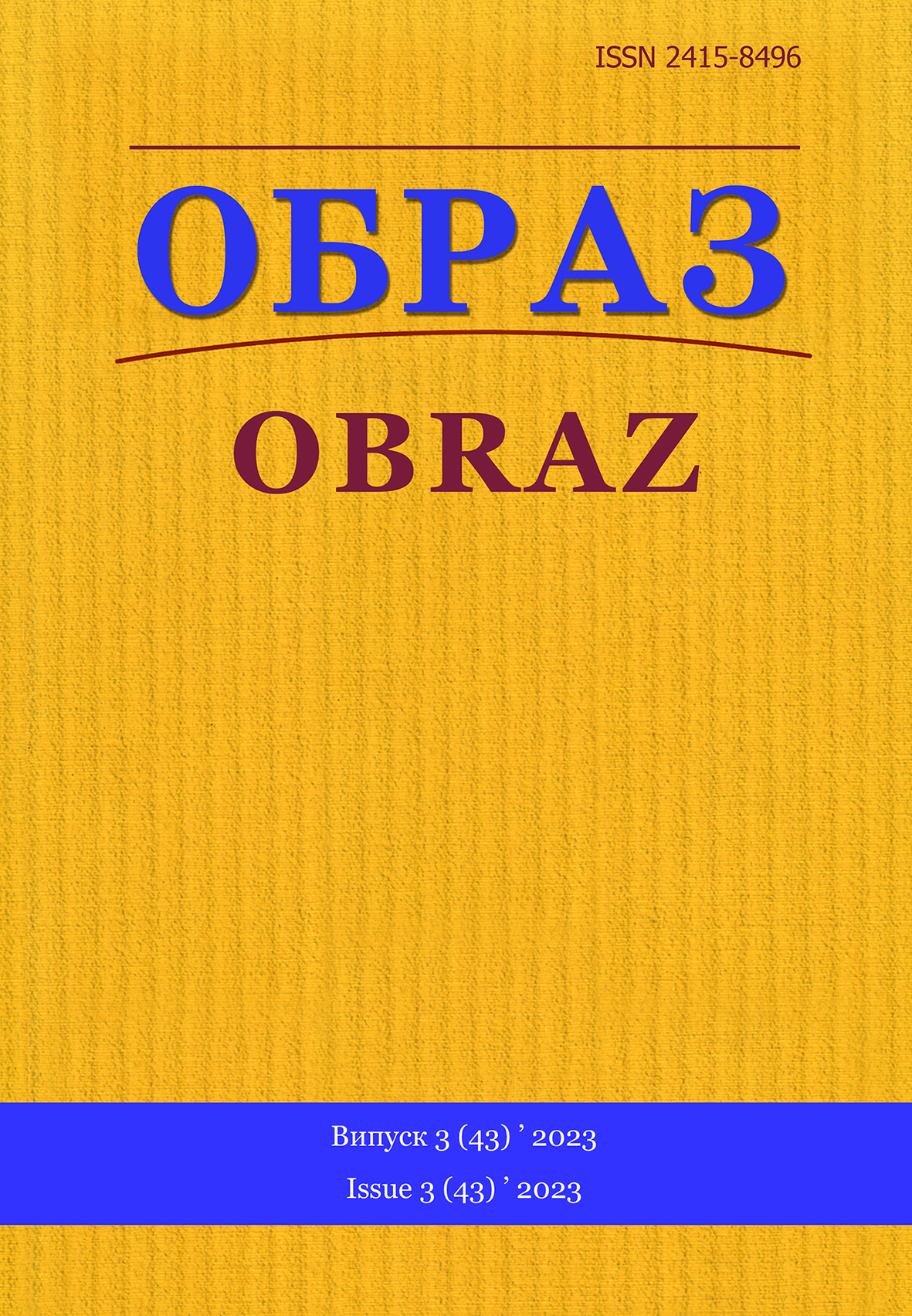Abstract
Introduction. The analysis of news discourse is constantly in the trend of scientific research, since the very concept of discourse implies fluidity and continuity, and news as a genre represents a special form of narration that can be considered through the communicative function of language, which can be revealed through speech acts, that is, through discursive social practice. The use of public idioms sometimes creates an impression of authority and professionalism in the media, which affects the readers’ perception of the material. Nominalisation is also used to create the effect of undisputed objectivity in news writing, which can make it difficult to understand the text. These language practices are sometimes used as a communicative tool of social coercion, soft assent or resistance to readers’ persuasion, to shape discussions about war and conflicts.
Relevance of research. The article aims to show how public idioms and nominalisation are presented in news discourse and what communicative tasks they can perform. The task of the research is to reveal the special role of public idioms and nominalisation in news discourse, which can be specific markers of the cultural and ideological field and which, when carefully read, reveal the resource possibilities of media discourse. The object of the research is public idioms and nominalisation in news discourse.
The research methodology: Analytical-synthetic method made it possible to analyze the latest research in the field of news discourse, which made it possible to expand the idea of the use of discursive practices in foreign media and, accordingly, follow them on the material of domestic news. Discourse analysis provided tools for analyzing the language of the media through the social context in accordance with the communicative goal, based on the linguistic theory as “social semiotics” – the study of the text as a process of formation of the semiotic system due to interests and ideology.
Results and discussion. Public idioms play a special role in the analysis of news discourse as markers of a special cultural and ideological field, and syntactic figures of nominalisation, which upon careful reading reveal the resource possibilities of media discourse. Considering the communicative component of news discourse, it should be noted that public idioms and nominalization as unifying and expressive elements can mobilize the audience to action and form a desire for change, activity or response to certain problems, challenges, and draw public attention to certain phenomenon.
Conclusions and prospects. News discourse is a special genre, where the accuracy of information transmission limits the practices of manipulation, but at subtle discursive levels media coercion and media control occur at first sight imperceptible, in particular, through the use of public idioms and nominalisation. The proposed approach opens wide opportunities for further research on public idioms and nominalisation in media discourse through ideal, interpersonal and textual functions. The analysis of news discourse should be expanded to include structural, communicative, multimodal and other scientific directions to intensify the convergence of theoretical and methodological attitudes
References
1. Baranova, S., Kerechenko, S. (2020), “ The use of phraseological units in modern English-language mass media discourse”, Naukovyi Visnyk Mizhnarodnoho Humanitarnoho Universytetu. Seriya: Filolohiia [Scientific Bulletin of the International Humanitarian University. Series: Philology], no. 45, pp. 147–150.
2. Hrytsenko, S. (2022), “Linguistic innovations of the Russian-Ukrainian war of 2022”, Literaturoznavstvo. Movoznavstvo. Folklorystyka [Literary Studies. Linguistics. Folkloristics], no. 2(32), pр. 9–13.
3. Zheltukhya, M. (2007), “About the content of mass media discourse”, Visnyk Luhanskoho Pedahohichnoho Universytetu imeni Tarasa Shevchenka [Bulletin of Luhansk Pedagogical University named after Taras Shevchenko], no. 11 (128), part 1, pр. 27–40.
4. Kovalchuk, A. (2021), “John Austin’s theory of speech acts”, available at: https://www.scribd.com/document/535300508/%D0%A2%D0%B5%D0%BE%D1%80%D1%96%D1%8F (date of access: 30.08.23).
5. Miroshnychenko, I. (2016), “Modern approaches to the typology of mass media discourse”, Modern Mass-media Space: Realities and Prospects of Development: Materials of the II All-Ukrainian Science and Practice Conference, Vinnytsia, October 12–13, Vinnitsa, pp. 227–231.
6. Suska, O. (2006), “The development of informational and communicative theories of mass media and the study of the influence of the information space on a person’s personality”, Slovo. Symvol. Tekst [Word. Symbol. Text], pр. 211–226.
7. Chemerkin, S. (2009), Ukrainian Language on the Internet: Extra-linguistic and Intra-structural Processes, Kyiv, 240 p.
8. Shepetiak, O. (2008), “Theory of speech acts”, Visnyk Fakultetu Romano-hermanskoi Filolohii [Bulletin of the Faculty of Romano-Germanic Philology], iss. 3, Redaktsiino-vydavnychyi viddil DDPU, Drohobиch, рр. 93–105.
9. Austin, J.L. (1981), How to Do Things With Words / John L. Austin – Second Edition, Harvard University Press, 169 p., available at: https://www.ling.upenn.edu/~rnoyer/courses/103/Austin.pdf. (date of access: 30.08.23).
10. Fairclough, N. (1995), Language and Power, London and New York, 264 p.
11. Fulton, H. (2005), Narrative and media, NSW, Sydney, 329 p.
12. Fowler, R. (1991), Language in the News: Discourse And Ideology in the Press, Routledge, London and New York, 272 p.
13. Halliday, M. (1978), Language as Social Semiotic: The Social Interpretation of Language and Meaning, Edward Arnold, London and New York, 256 p., available at: https://www.cambridge.org/core/journals/language-in-society/article (date of access: 30.08.23).

This work is licensed under a Creative Commons Attribution 4.0 International License.

